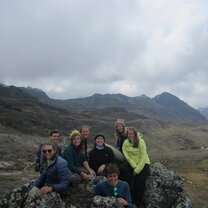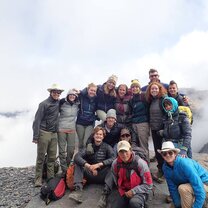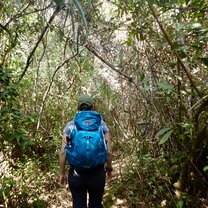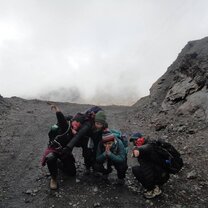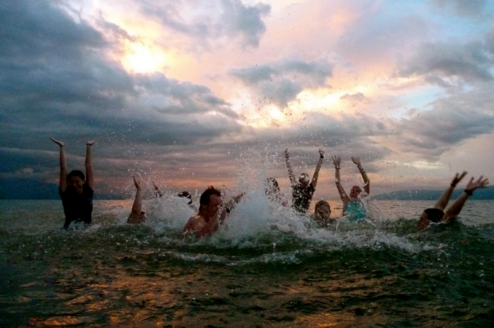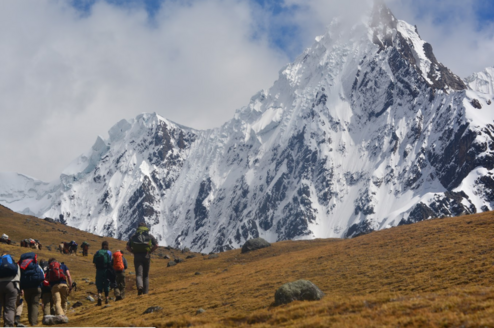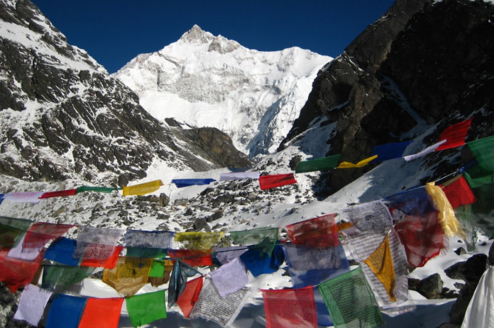South America: Andes & Amazon Gap Year Semester
- Bolivia
- Peru
View Other Details
Program Details
Pricing
About Program
From sparkling glaciers to lush tropical forests, this Gap Year program takes you through a dizzying tapestry of landscapes and cultures, exploring the links between land and people, past and present. The ancient Land of the Incas encompasses a fascinating blend of history and vibrant cultures, placed in a modern context of political change and social transformation. Through intensive Spanish language courses, trekking through a wide range of ecological backdrops, exposure to remote indigenous communities, and an extended home-stay, Andes & Amazon students connect deeply with the local culture while exploring a rich panorama of Andean and Amazonian realities.
On the Dragons South America Gap Year program, expect to hone your Spanish skills while discovering the links between vibrant indigenous peoples and the diverse and breathtaking landscapes they inhabit. Students will come away with a a first-hand understanding of day-to-day life in some of the earth’s most dramatic locations.
Video and Photos
Program Highlights
- Engage with issues in resource management, modernization and globalization, indigenous movements and political representation, urbanization and rural poverty, environmental conservation, and community and sustainable development.
- Settle into the rhythm of life in an agricultural community, living with a family, deepening your language skills, and exploring an Independent Study topic of your choice.
- Engage in three to four weeks of personalized language instruction with local teachers for 16-20 hours a week, in addition to opportunities for language immersion throughout. Quechua lessons also available.
- Participate in multi-day treks moving from the high Andes to the Amazon basin in Bolivia. Wilderness exploration also includes travel through remote rainforests of Bolivia and Peru, and a challenging trek in the Ausangate range in Peru.
- Explore land use and relationships, social and political activism, and indigenous identity and representation. The semester also delves into pre-Incan and Incan history and culture, the coca leaf, sustainable agriculture, and the arts.






















